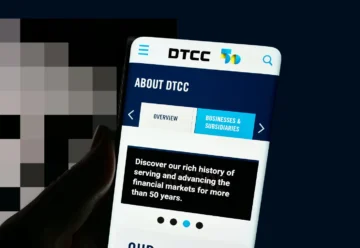Klarna Launches Its Own Dollar Stablecoin KlarnaUSD

Klarna is launching a dollar-pegged stablecoin to compete with traditional payment networks and reduce the cost of international transfers.
FinTech company Klarna, one of the world’s largest BNPL services with an audience of 114 million customers, announced its own stablecoin, KlarnaUSD. The asset will be issued on the payment-oriented blockchain Tempo, which was launched by Stripe and Paradigm in early September 2025.
KlarnaUSD is built on the Open Issuance infrastructure from Bridge, a Stripe subsidiary specializing in stablecoin issuance. The public launch on Tempo’s mainnet is scheduled for 2026, while a test version is already operating in closed mode for advanced debugging and integration tests.
This gives the company early access to the new technical capabilities of the Tempo blockchain, which is designed for high transaction throughput and low fees. Klarna emphasizes that combining its scale, $112 billion in annual merchandise volume and presence in 26 countries, with Tempo’s infrastructure will allow it to compete with traditional payment networks.
The decision to launch a stablecoin comes amid rapid market growth — according to McKinsey, annual stablecoin transaction volume exceeded $27 trillion. The company expects that the digital asset will significantly reduce the cost of international transfers, with annual fees currently reaching $120 billion.
Klarna CEO Sebastian Siemiatkowski noted that the company, previously skeptical of cryptocurrencies, now sees modern stablecoins as a mature technology that meets the requirements of speed, reliability, and low transaction costs. According to him, the launch of KlarnaUSD will become the starting point of the company’s public strategy in the crypto space. In the coming weeks, Klarna plans to announce its next partner for crypto initiatives.
At the same time, the company warned that plans for launching and developing digital products may change depending on market conditions, technological risks, regulatory requirements, and the competitive environment. Factors of uncertainty also include credit risk management, access to financing, and overall macroeconomic conditions.
A month earlier, Klarna officially launched two new everyday spending products in the U.K., a digital wallet and a debit card.











